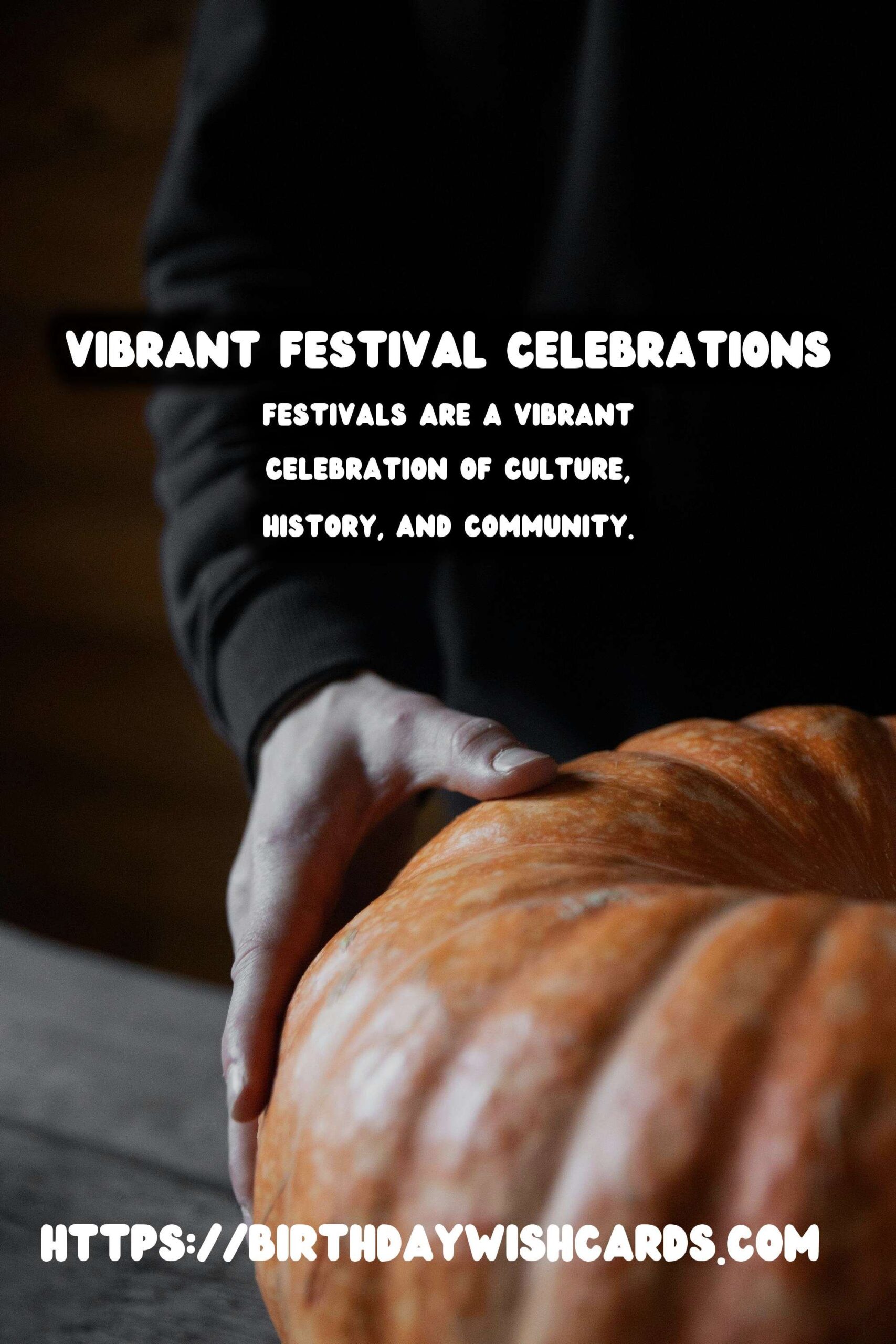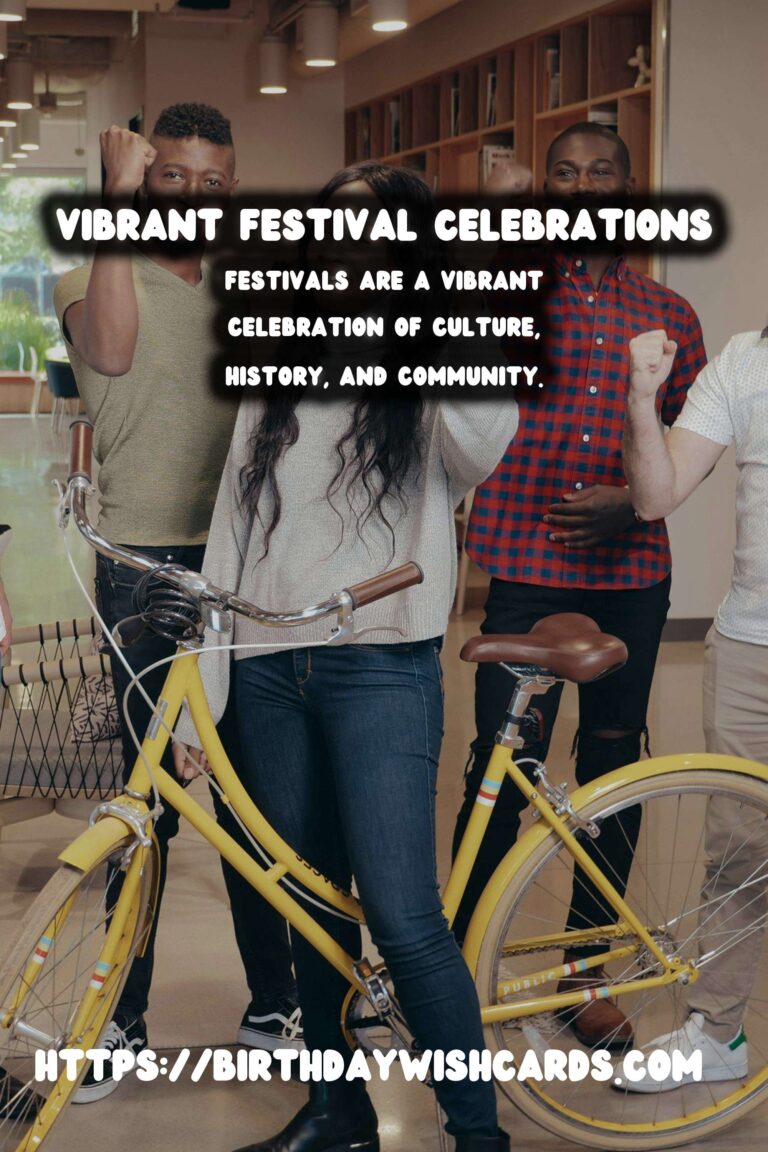
Festivals are a vibrant celebration of culture, history, and community. Every corner of the globe has its unique traditions that not only attract tourists but also unite locals in joyous festivities. In this article, we will explore classic festival traditions from around the world that have gone viral, capturing the hearts and imaginations of people everywhere.
Carnival: A Brazilian Extravaganza
Carnival in Brazil is perhaps one of the most famous festivals globally, characterized by its lively parades, samba music, and extravagant costumes. Every year, millions of visitors flock to Rio de Janeiro to experience the electrifying atmosphere. The festival typically takes place in February or March, leading up to Lent.
Key Features:
- Parades: Magnificent floats and samba schools compete in a spectacular parade at the Sambadrome.
- Costumes: Participants wear elaborate, colorful costumes that reflect Brazilian culture.
- Music and Dance: Samba rhythm sets the backdrop for the festivities, with parties happening all over the city.
Diwali: The Festival of Lights in India
Diwali, also known as the Festival of Lights, is celebrated by millions of people across India and the world. This festival symbolizes the victory of light over darkness and good over evil. Diwali usually falls in October or November, and the celebrations last for five days.
Key Features:
- Rangoli: Colorful designs made from colored powders, rice, or flower petals adorn doorsteps to welcome guests.
- Fireworks: Light up the night sky, signifying joy and celebration.
- Puja: Worship ceremonies are performed to honor the goddess Lakshmi, the deity of wealth and prosperity.
Oktoberfest: Beer and Bavarian Culture
Oktoberfest is the world’s largest Volksfest, held annually in Munich, Germany. This 16 to 18-day festival, running from late September to the first weekend in October, features beer, traditional foods, and cultural events.
Key Features:
- Beer Tents: Huge tents set up by breweries serve a variety of beers, particularly Märzen.
- Traditional Attire: Many attendees dress in lederhosen and dirndls, reflecting Bavarian heritage.
- Entertainment: Live music, traditional German dancing, and amusement rides keep the crowds entertained.
Chinese New Year: A Time for Family and Renewal
Chinese New Year, or Lunar New Year, is celebrated in several countries, including China, Vietnam, and Singapore. This festival occurs in late January or early February and marks the beginning of the lunar calendar. It is a time for family reunions, honoring ancestors, and welcoming the new year with optimism.
Key Features:
- Red Envelopes: Adults give children red envelopes containing money for good luck.
- Firecrackers: Used to ward off evil spirits and welcome good fortune.
- Family Feasts: Special meals featuring symbolic dishes like dumplings and fish are eaten.
Mardi Gras: A Celebration of Culture and Tradition
Mardi Gras, also known as Fat Tuesday, is famously celebrated in New Orleans, USA. This lively festival represents the last day of feasting before Lent begins and is marked by vibrant parades, masquerade balls, and jubilant celebrations.
Key Features:
- Parades: Float riders throw beads and trinkets to parade-goers, creating a festive chaos.
- King Cake: This traditional pastry is served, containing a hidden figurine; finding it is said to bring good luck.
- Costumes: Participants wear elaborate costumes and masks, adding to the festival’s mystery.
Holi: The Festival of Colors in India
Holi is a joyous Hindu festival that welcomes spring, celebrated primarily in India and Nepal. Known as the Festival of Colors, it takes place in March, where revelers throw colored powders, dance, and share food and sweets.
Key Features:
- Color Throwing: Participants shower each other with vibrant colored powders and water.
- Puja: Ritual prayers are offered to ensure peace and prosperity in the coming year.
- Festive Foods: Sweets like gujiya and drinks like bhang thandai are shared among friends and family.
La Tomatina: A Unique Tomato-Fueled Festival
La Tomatina is a fun-filled festival held annually in Buñol, Spain, where participants engage in a massive tomato fight. This quirky festival occurs on the last Wednesday of August and has gained enormous popularity worldwide.
Key Features:
- Tomato Fight: Thousands gather to throw overripe tomatoes at each other, creating a massive red mess.
- Community Spirit: The festival fosters a sense of camaraderie and joy among participants.
- Global Attraction: Visitors from around the world come to partake in this unusual celebration.
Conclusion: Celebrating Diversity Through Festivals
Festivals are a beautiful way to celebrate cultural diversity and human spirit. The viral nature of these celebrations ensures that traditions are passed down through generations while uniting people from all walks of life. From the vibrant streets of Rio de Janeiro during Carnival to the colors of Holi in India, these festivals encapsulate the joys and richness of humanity.
Festivals are a vibrant celebration of culture, history, and community. Carnival in Brazil is perhaps one of the most famous festivals globally.

